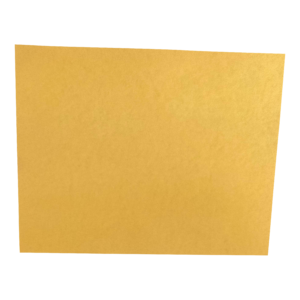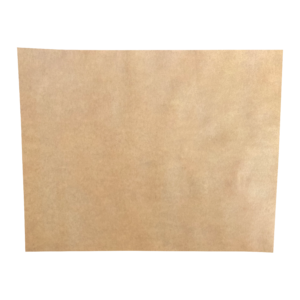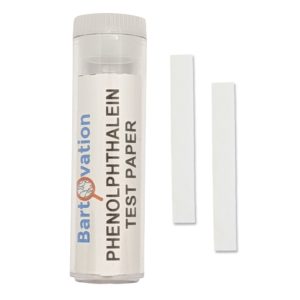Description
- Easily detects water level in gasoline or in non-polar solvents
- Used to detect the presence of water in any solvent and on any surface
- The paper starts out white and then becomes pink once it comes into contact with water or steam, the paper will not change if it does not come into contact with water
- One 23 foot roll packaged in an easy to handle dispenser with a locking feature to protect the roll from humidity
Water Finding Test Paper is used to detect the presence of water in any solvent and on any surface. The most common usage of this paper is to easily detect water level in gasoline or in non-polar solvents. It can also be used to detect phase separation of ethanol and separation of water from ethanol based fuels. The test paper allows the quick and easy detection of water and water vapor. On contact with water the paper changes color from white to pink / lavender. The test paper is used for a variety of industrial applications including to control the leak tightness of tubing or to detect condensed water. It can also be used to control, if sensitive products like electronics come into contact with water. In chemical laboratories this test paper can be used to control solvents. If the paper remains uncolored after evaporation of the solvent, the solvent is anhydrous. In reactions sensitive to water it can then safely be used. For the detection of water vapor in gas streams the paper is moistened with anhydrous isopropanol. The gas stream is directed on the paper. The presence of water vapor would be indicated by a pink / lavender color.

![Qualitative Water Finder Test Paper for Traces of Water in Gasoline and Solvents [23 Foot Roll]](https://bartovation.com/wp-content/uploads/2021/03/water-finder-roll.png)
![Qualitative Water Finder Test Paper for Traces of Water in Gasoline and Solvents [23 Foot Roll] - Image 2](https://bartovation.com/wp-content/uploads/2021/03/PXL_20210309_163150116-1-1.png)
![Qualitative Water Finder Test Paper for Traces of Water in Gasoline and Solvents [23 Foot Roll] - Image 3](https://bartovation.com/wp-content/uploads/2021/03/IMG-1456-1-1.png)
![Qualitative Water Finder Test Paper for Traces of Water in Gasoline and Solvents [23 Foot Roll] - Image 4](https://bartovation.com/wp-content/uploads/2021/03/PXL_20210309_163131789-12.png)
![Qualitative Water Finder Test Paper for Traces of Water in Gasoline and Solvents [23 Foot Roll] - Image 5](https://bartovation.com/wp-content/uploads/2021/03/PXL_20210309_163124202-1-1.png)
![Qualitative Water Finder Test Paper for Traces of Water in Gasoline and Solvents [23 Foot Roll] - Image 6](https://bartovation.com/wp-content/uploads/2021/03/PXL_20210309_163056782-1.png)

![Reusable BTB Ammonia Leak Detection Cloth [One 20 inch x 20 inch Cloth]](https://bartovation.com/wp-content/uploads/2020/03/81TYcAXl50L._SL1500_-2-300x300.jpg)

